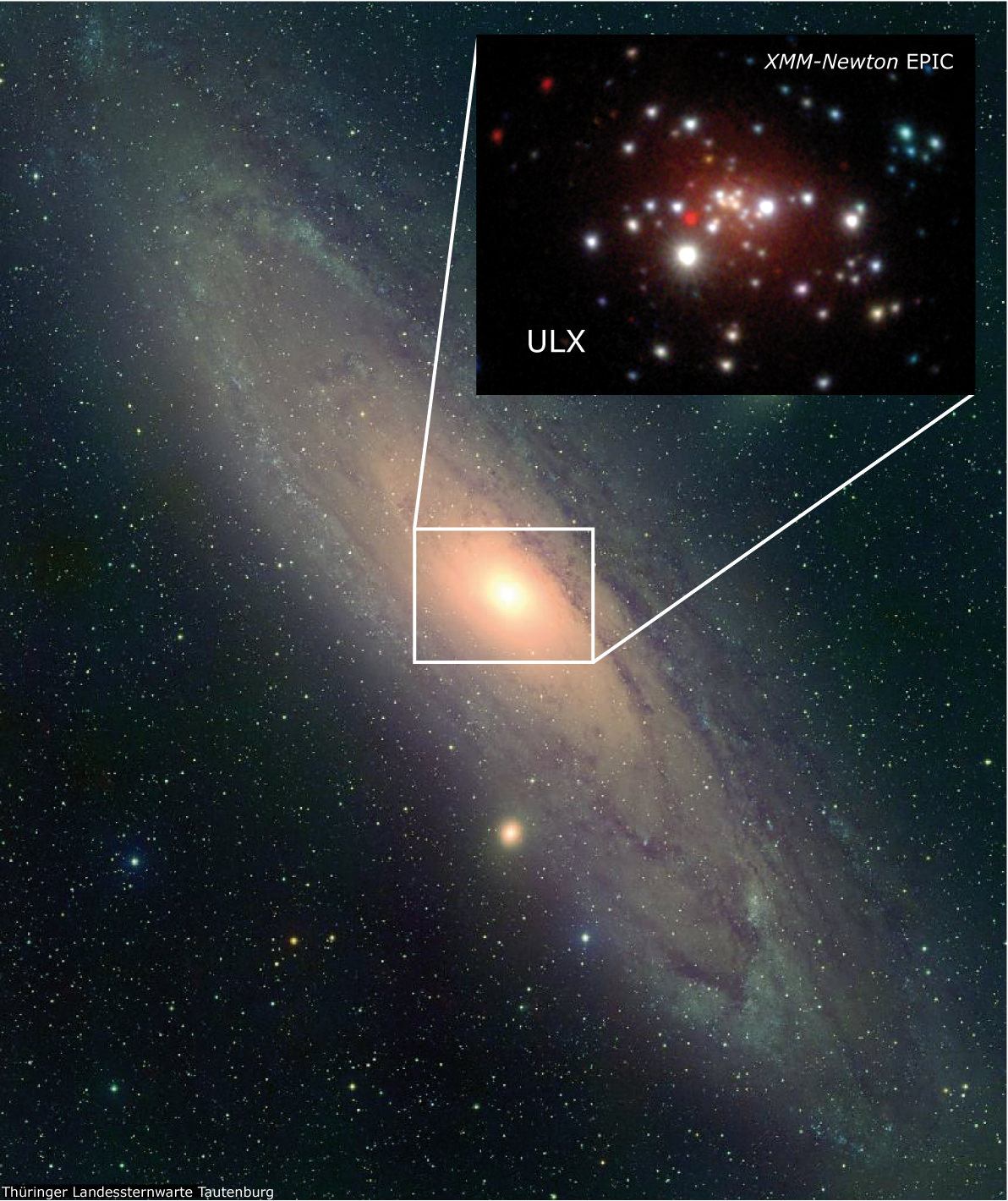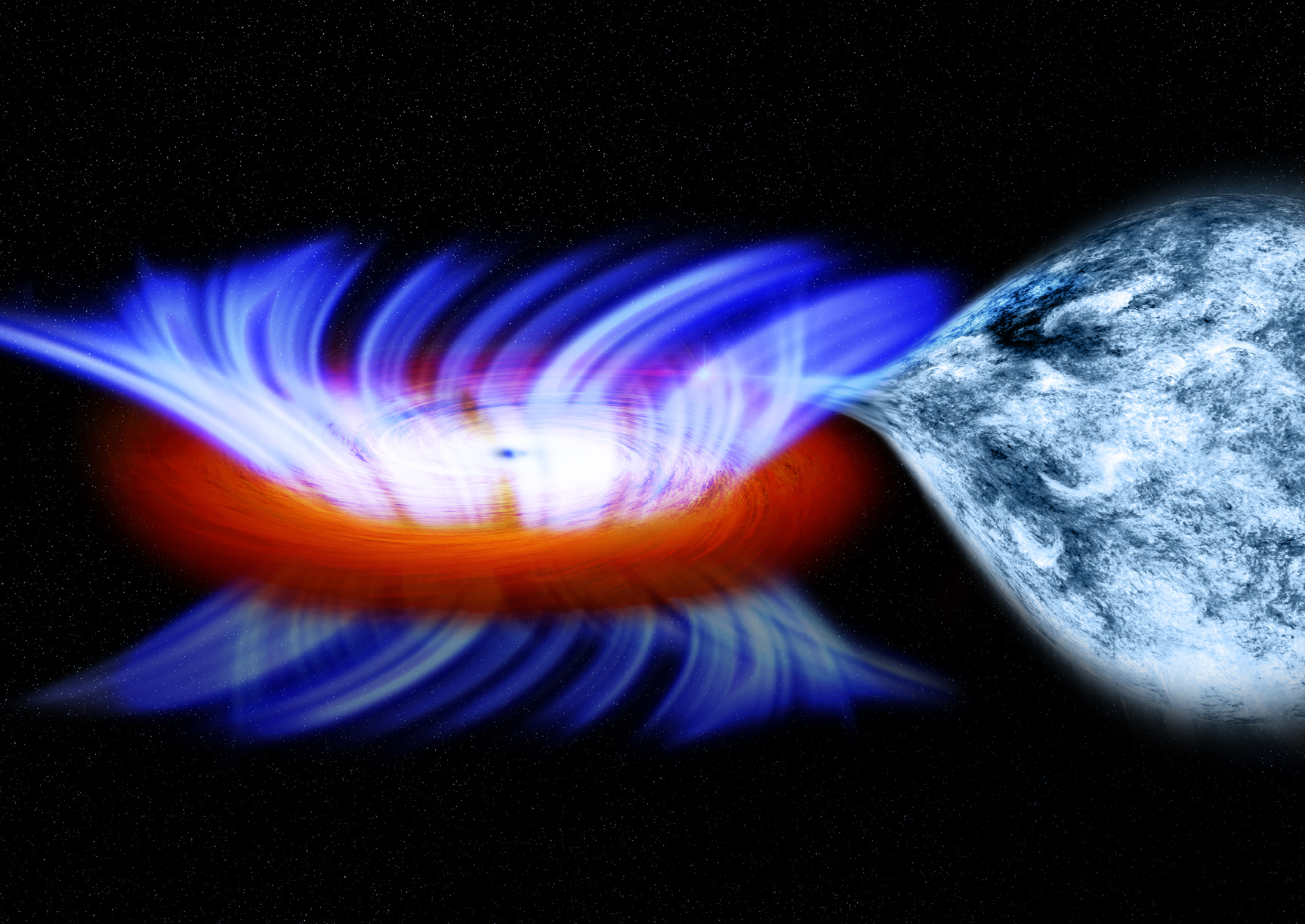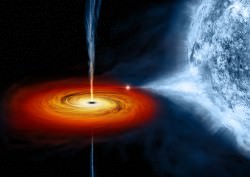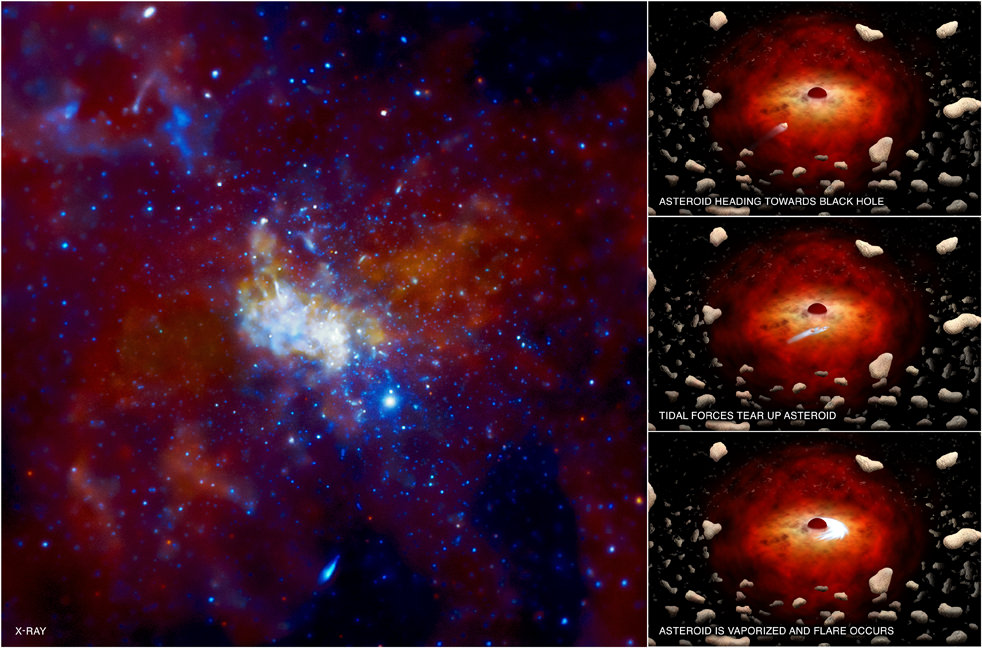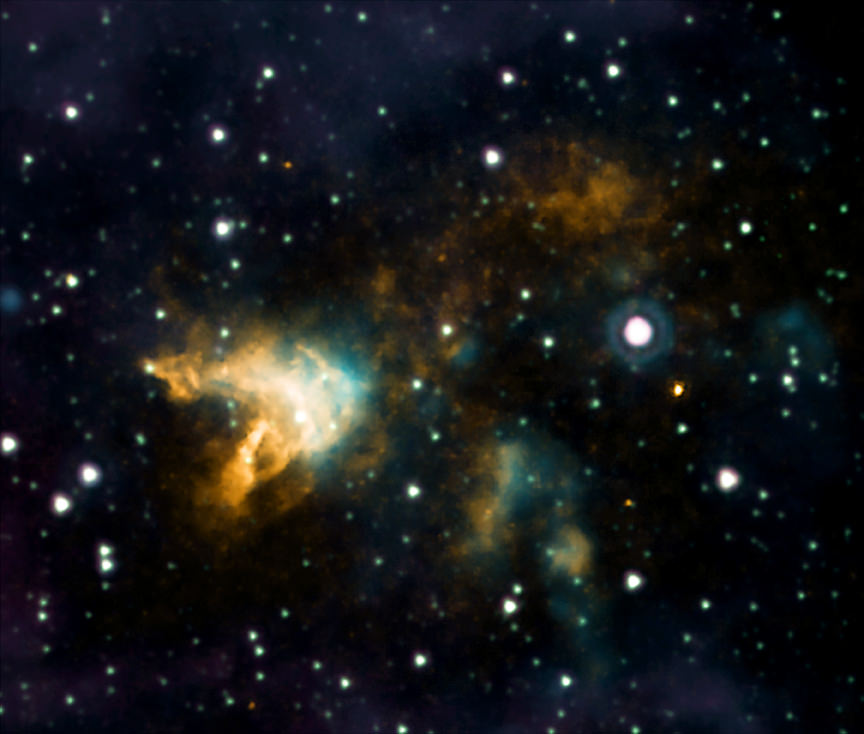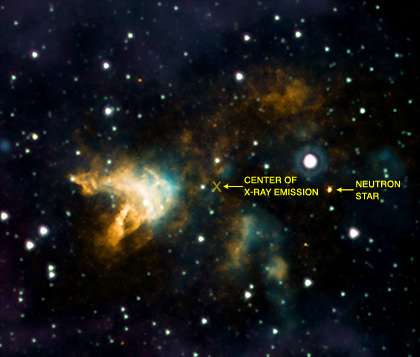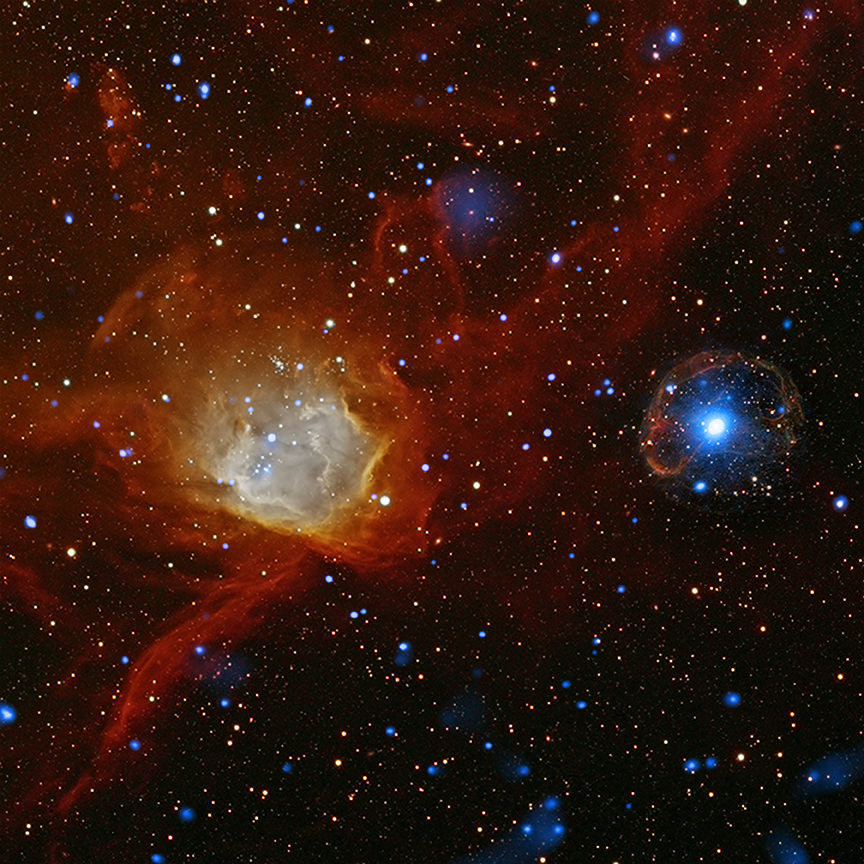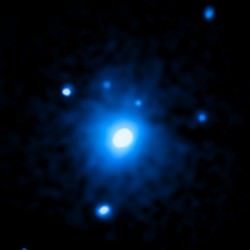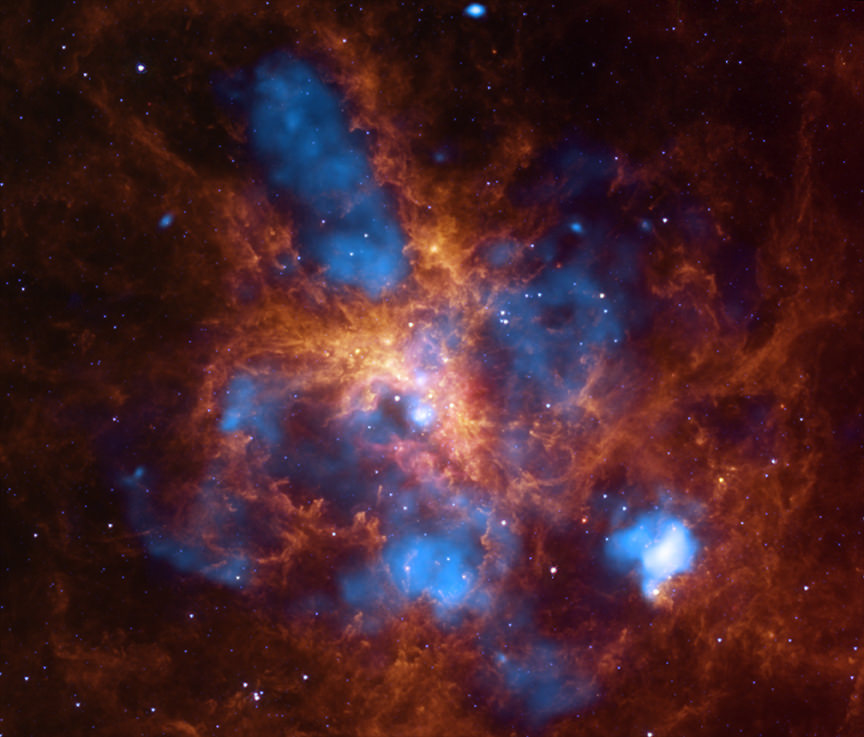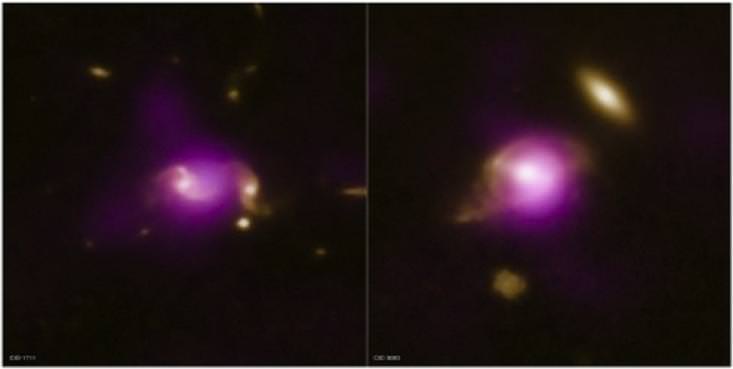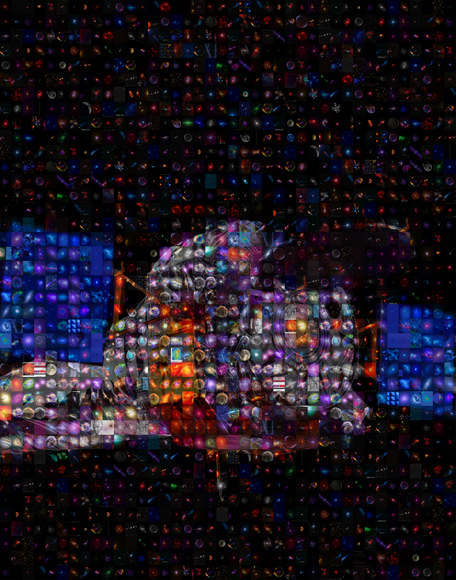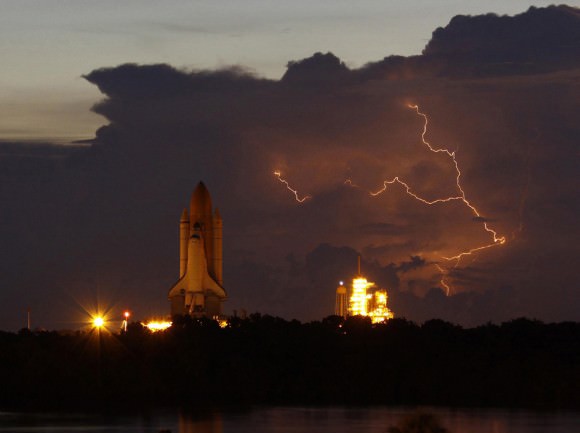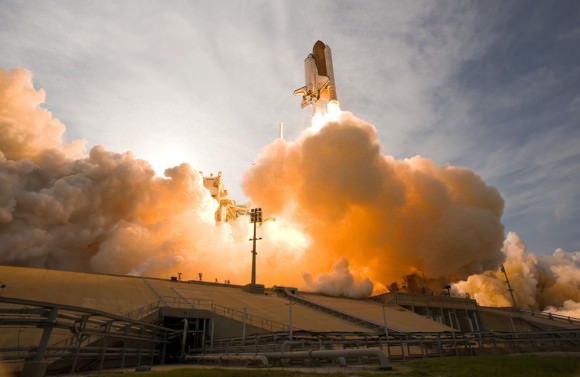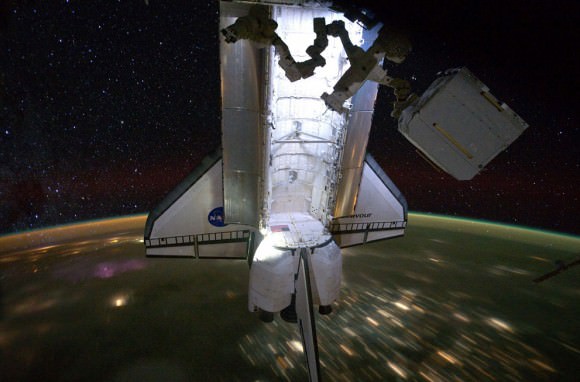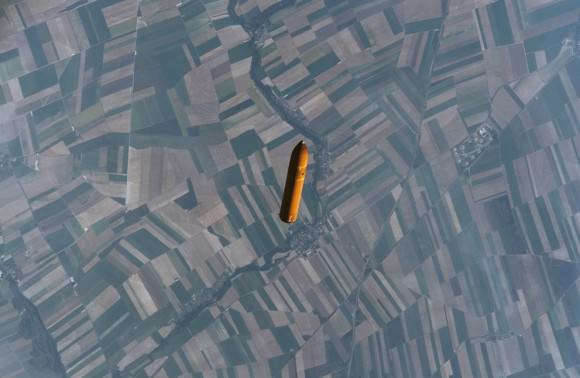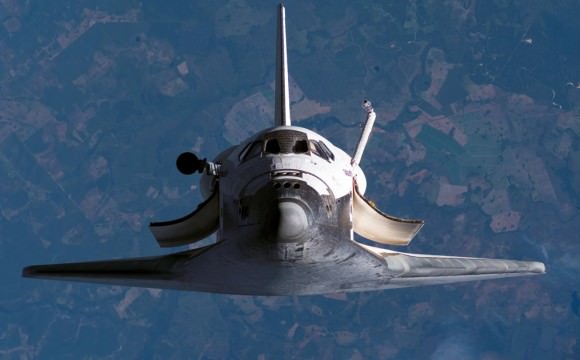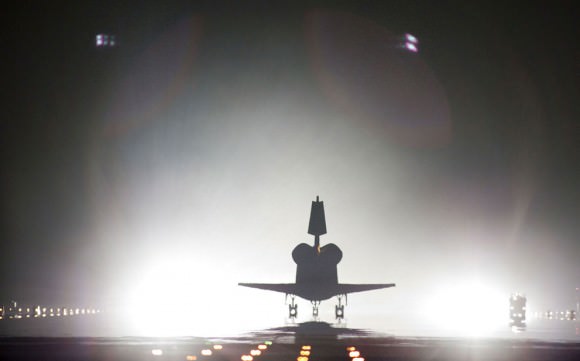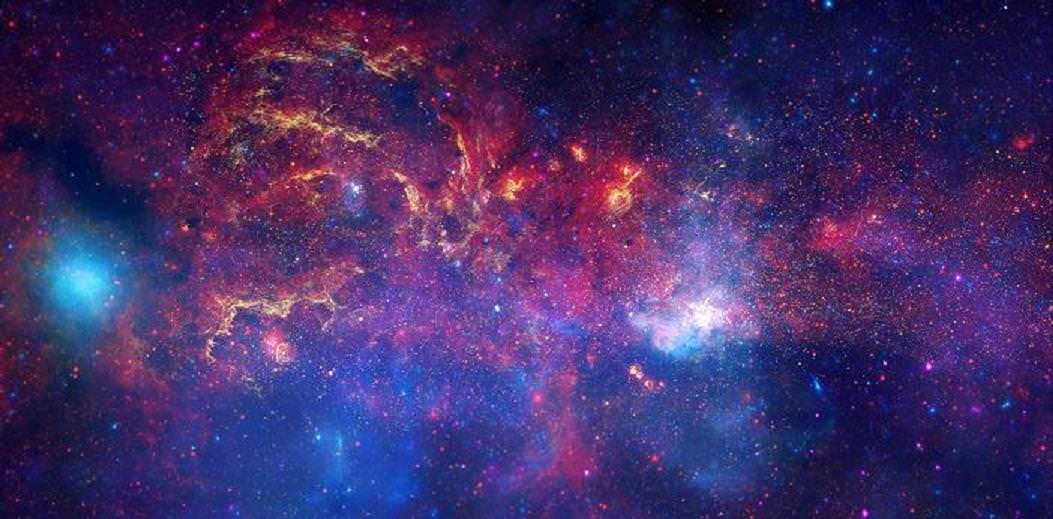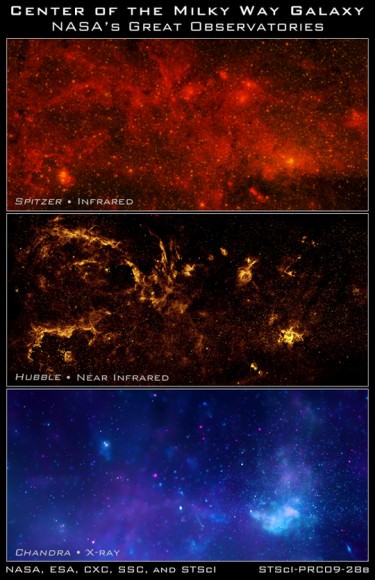[/caption]
An ultraluminous x-ray source (ULX) previously spotted in the neighboring Andromeda galaxy by NASA’s Chandra observatory has now been revealed to be a stellar-mass black hole, according to researchers at the Max Planck Institute for Extraterrestrial Physics.
The black hole was the first ULX seen in Andromeda, as well as the closest ever observed.
Ultraluminous x-ray sources are rare objects, observed in the near and distant Universe in the outer regions of galaxies. Typically only one or two ULXs are seen in any one particular galaxy — if there are any seen at all.
The large distances to ULXs makes detailed observations difficult, and so their exact causes have been hard to nail down.
This particular x-ray source was first identified in late 2009 by Chandra and was followed up with observations by Swift and Hubble. Classified by researchers at the Max Planck Institute as a low-luminosity source, it actually outshined the entire Andromeda galaxy in x-ray luminosity!
Continued observations with Chandra and ESA’s XMM-Newton showed behavior similar to known x-ray sources in our own Milky Way galaxy: actively feeding black holes.
“We were very lucky that we caught the ULX early enough to see most of its lightcurve, which showed a very similar behavior to other X-ray sources from our own galaxy,” said Wolfgang Pietsch from the Max Planck Institute for Extraterrestrial Physics. The emission decayed exponentially with a characteristic timescale of about one month, which is a common property of stellar mass X-ray binaries. “This means that the ULX in Andromeda likely contains a normal, stellar black hole swallowing material at very high rates.”
It’s estimated that the black hole is at least 13 times the mass of the Sun.
(Related: Stellar-Mass Black Hole Blows Record-Speed Winds)
Continued observations of the ULX/black hole will attempt to observe another outburst similar to the 2009 event, although if this black hole is anything like those observed in our galaxy it could be years before another such event occurs. Still, our relatively clear view of the Andromeda galaxy unobscured by intervening dust and gas offers a chance to perhaps spot other potential x-ray sources residing there.
Read the report from the AlphaGalileo Foundation here, or on ScienceDaily here.
The first MPE team’s paper can be found here.

